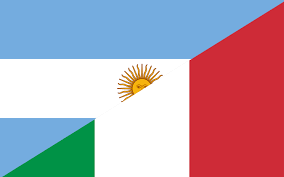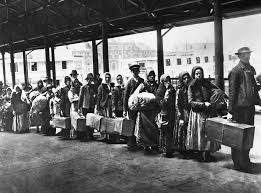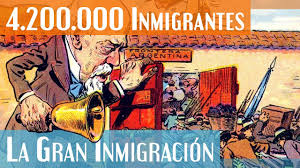

Why was there so much immigration to Argentina during the early 20th century?
In just over thirty years, more than 4 million immigrants entered Argentina between the years 1881 and 1914. For this to happen, the Argentine state actively encouraged European immigration, such as the Immigration Law of 1876. Argentine was a country very rich during that time, so it makes sense that the poorest people in Europe would want to come and try their luck here.

Where did they come from?
The vast majority of these immigrants came from Italy (approximately two million) and Spain (approximately one million four hundred thousand), the rest of the immigrants were approximately one million who came from all parts of Europe, such as Poland, France, Russia, Portugal , etc. The great majority of them did not leave Buenos Aires. In the following decades, due to the two world wars, Argentina continued to have quite considerable migration, but never as high as at the beginning of the 20th century.
Adapt to a different country
European immigrants upon arriving in Argentina had to suffer xenophobia against them. Polish and French women were often associated with prostitution. While Italian men, disparagingly referred to as "tano brute", or "cocoliche", were often stereotyped as foul-mouthed and loud. There were also pejorative connotations, "Galician" was called those who came from Spain and "Russian" were those from Eastern Europe or Jews. Although these terms were not always used as derogatory terms but as a simple adjective. The father of the Argentine constitution of 1853, Juan Bautista Alberdi, had a kind of racism against the Spanish, Italians and Jews, considering them undesirable ethnic groups. He maintained that the ethnic groups that could improve the Argentine species were those of northern Europe, mainly those of France and England, which were the most progressive countries of that time. How did they get here?

